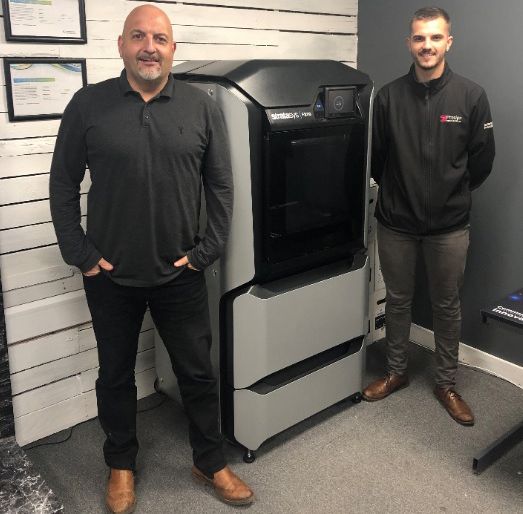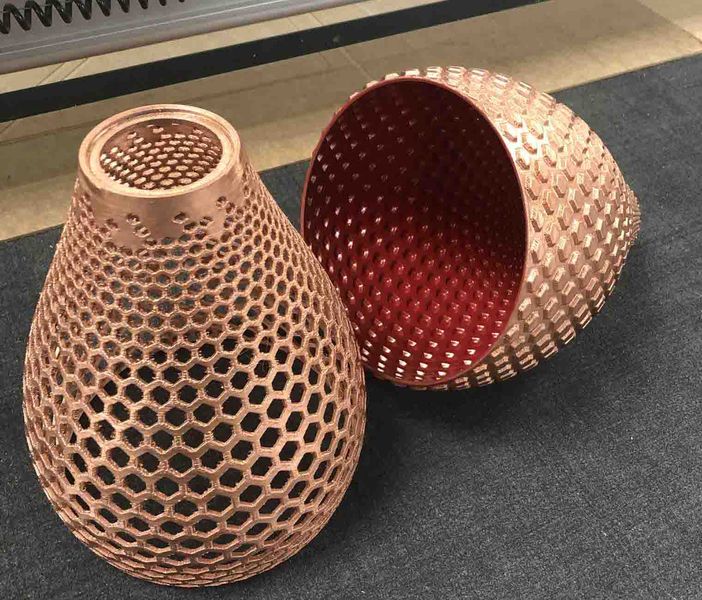
A curious announcement from Stratasys detailed how a 2D printing company installed a 3D printer. I’m wondering why they would do so.
Every city has several large 2D printing companies. These firms would mass produce paper sheets, print large posters and other 2D printed items. To do so they operate any number of well-known commercial 2D printing equipment.
On this publication we don’t talk much about 2D paper printing, in spite of the incessant nags from spammy emails we receive hourly. We’re all about 3D printing, not 2D printing.
Thus it was to much surprise that I read a UK-based 2D printing firm, Prosign Print and Display, had acquired a Stratasys F370 3D printer through Tri-Tech 3D, a UK-based Stratasys reseller.
Why would a printing firm need a 3D printer? Aren’t the two disciplines about as far apart as one could imagine? Wouldn’t Prosign’s clients request only 2D prints? Would their clients have even heard of 3D printing? What’s going on here?
It turns out the answer is actually an entirely new 3D printing application.

Prosign’s managing director, Steve Hardy, explained what’s happening:
“We design and custom build a lot of stands for tradeshows, which typically comprise creative wall displays that need to incorporate things like brackets, hooks and hinges. The problem is that we find ourselves often de-valuing a beautifully-designed display as we invariably have to make-do with generic off-the-shelf fixings. Not only that, but we are usually obliged to purchase these in bulk, which means we end up with far more than we need.”
It seems that Prosign is using their new 3D printer to produce custom-designed mounts and accessories to accompany their custom-designed 2D prints.
When you think about it, this is indeed an outstanding application for 3D printing:
- It’s a low-volume application
- It benefits from customization
- It can demand a relatively higher unit cost to clients
- Parts aren’t in a mechanically demanding environment
- Parts can be produced quickly for last-minute requests
And it’s a reasonably large market, too, as each city will have multiple print shops that might be able to do something similar with 3D printing equipment.
Hardy seemed quite excited about the possibilities for future 3D printing applications with the new equipment, saying:
“We never imagined that we could produce such stunning bespoke items for customers as the lampshades, but as we’ve explored what is achievable, we’ve learned there’s so much more we can do. We now go into customer meetings with the confidence to suggest creative ideas, knowing that we have the firepower to realise them.”
Prosign is also using the 3D printer to produce custom-designed prototypes for injection molding when unit quantities are larger. This is another common use of 3D printing that’s being applied in an unusual industry.
This application is another unusual approach for leveraging 3D print technology in an industry where you would not initially imagine a use. There’s plenty of others, one of which was 3D printed data center fixtures, which we examined a few years ago.
I am certain there are many more applications like this waiting to be discovered.
Via Stratasys
